Before you head to the nursery, it’s important to know what to look for to ensure you’re bringing home healthy, thriving plants that will actually flourish in your space. A little planning can save you from wasted money, struggling plants, and unexpected gardening headaches.
In this article, we cover 17 things to know before buying plants. From understanding your climate and soil type to checking plant health and researching growth habits, these essential tips will help you make smart, informed choices. Whether you’re a beginner or an experienced gardener, these insights will set you up for success from the start!
Light Requirements
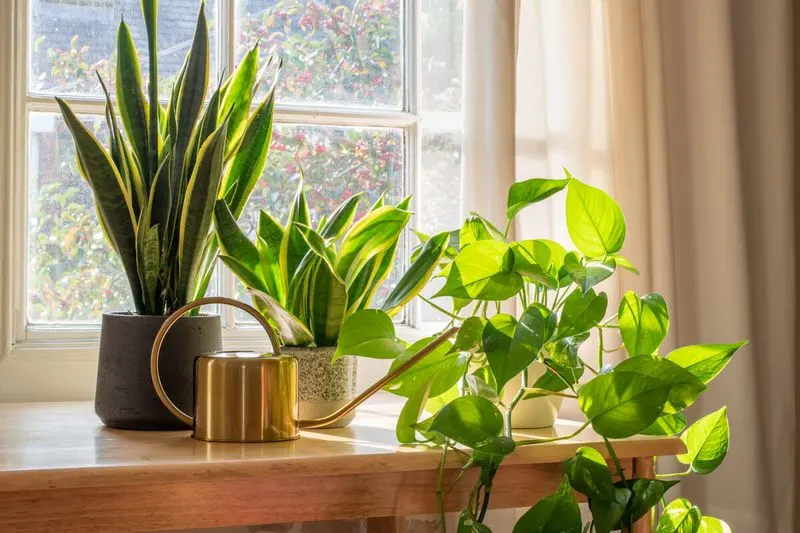
Understanding the light needs of a plant is crucial for its wellbeing. Some plants thrive in bright, direct sunlight, while others prefer the gentle touch of indirect light. Make sure to evaluate your available space to match the plant’s light needs. A cactus in a dim corner or a fern in direct sunlight might struggle to survive. Investigate your home’s lighting conditions before purchasing to ensure compatibility with the plant’s requirements. Adjustments like using sheer curtains or rotating plants can make a significant difference in their health and growth.
Watering Needs
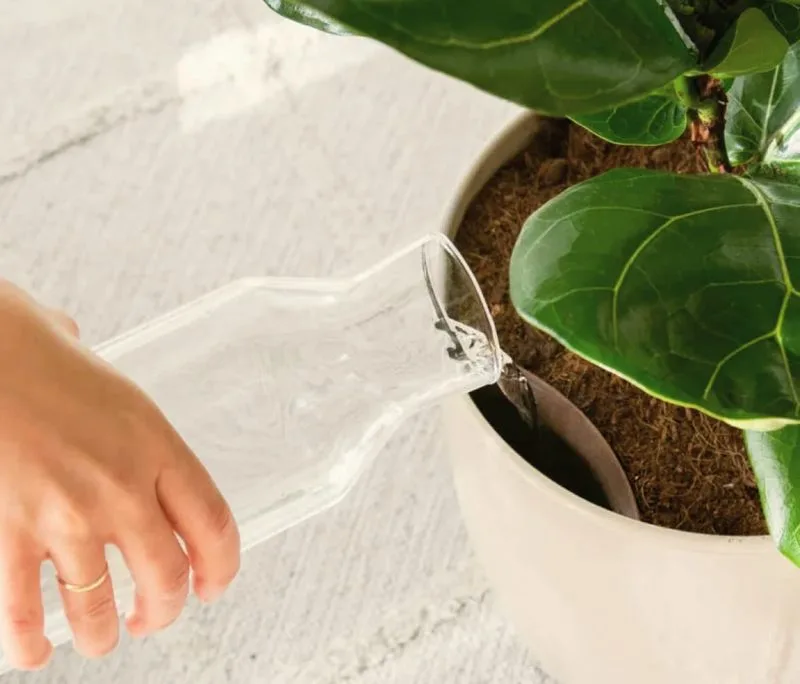
Plants have diverse watering needs, and it’s essential to cater to them individually. Succulents need less frequent watering, unlike tropical plants that may require regular moisture. Over-watering is a common mistake and can lead to root rot. Conversely, underwatering can stress the plant. Implement a watering schedule that reflects each plant’s unique needs and environmental conditions. Checking the soil’s moisture level with your finger or a moisture meter can help avoid guesswork. Observing the plant’s response to your watering habits will guide you in making necessary adjustments.
Soil Type
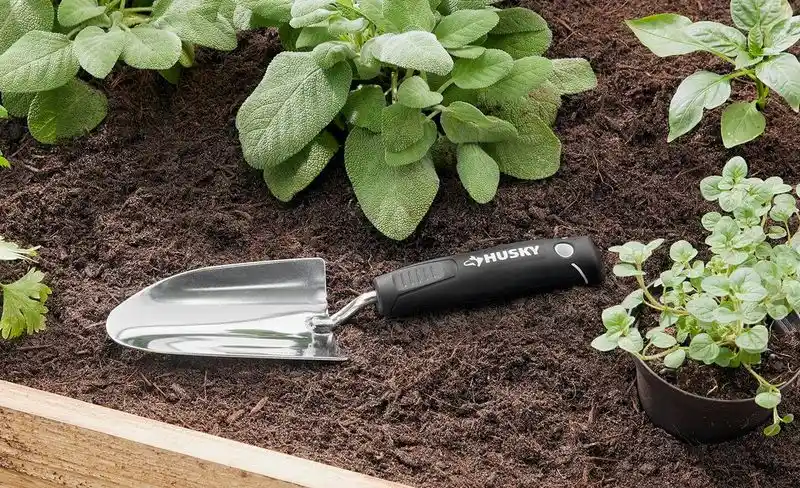
Choosing the right soil is vital for plant health. Whether it’s well-draining soil for succulents or rich, organic soil for vegetables, matching the soil to the plant’s needs can promote growth. Examine the plant’s native environment for clues about its soil preferences. Some plants thrive in acidic conditions, while others need neutral or alkaline soils. Investing in the proper soil not only supports the plant’s nutritional needs but also affects its water retention capacity. Don’t hesitate to ask for soil recommendations when purchasing your plant to ensure optimal growth.
Pot Selection
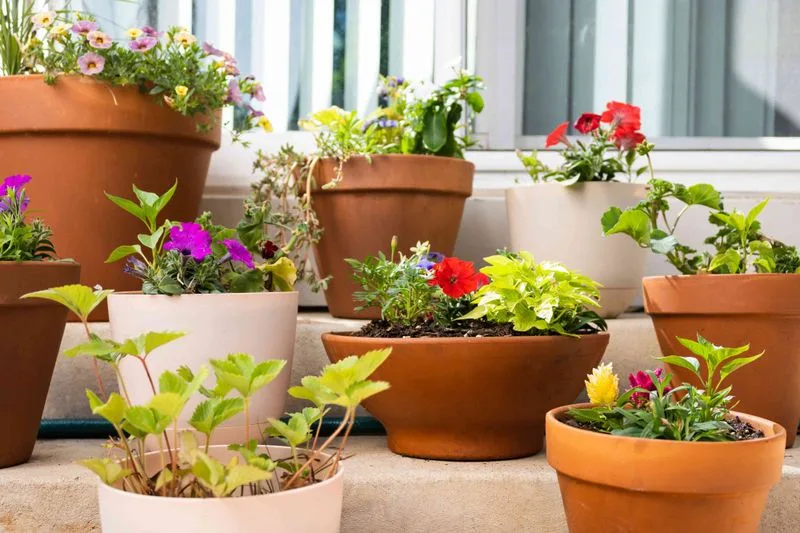
The right pot can enhance both the plant’s growth and your home decor. Consider the pot’s size, material, and drainage capabilities. A pot that’s too small may hinder root growth, while an oversized one can lead to overwatering. Terracotta pots are great for moisture control but may not suit all aesthetics. Choosing a pot with drainage holes is vital to prevent waterlogging. Think about how the pot will fit into your existing space and whether it complements the plant’s needs. A little consideration here can lead to a thriving plant display.
Humidity Preferences
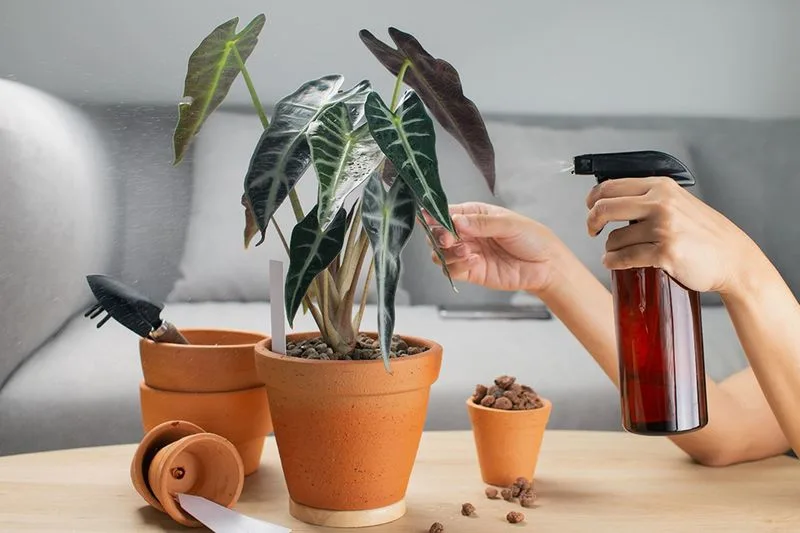
Humidity plays a significant role in plant health. Tropical plants like ferns and orchids may require higher humidity levels, which can be achieved with humidity trays or misting. In contrast, succulents and cacti thrive in drier conditions. Understanding your plant’s humidity needs will prevent wilting or dehydration. Tools like a hygrometer can help you monitor and adjust the humidity levels in your home. Consider grouping plants with similar needs or utilizing a humidifier to maintain a consistent environment. Tailoring the humidity to your plant’s preferences will promote a healthier living space.
Plant Size and Growth
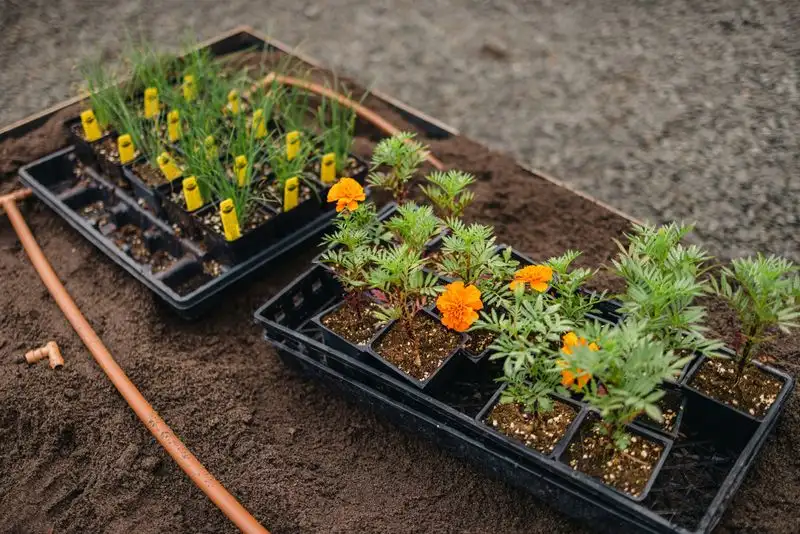
Before bringing a plant home, consider both its current size and potential growth. A small plant might become a large focal point over time, affecting space and light availability. Research the species to understand its growth pattern and final size. This knowledge aids in finding the right location and pot size for long-term satisfaction. Regular pruning and repotting can help manage a plant’s growth, keeping it within desired bounds. Understanding growth expectations ensures that your home can accommodate the plant’s future needs without unforeseen challenges.
Pest Control
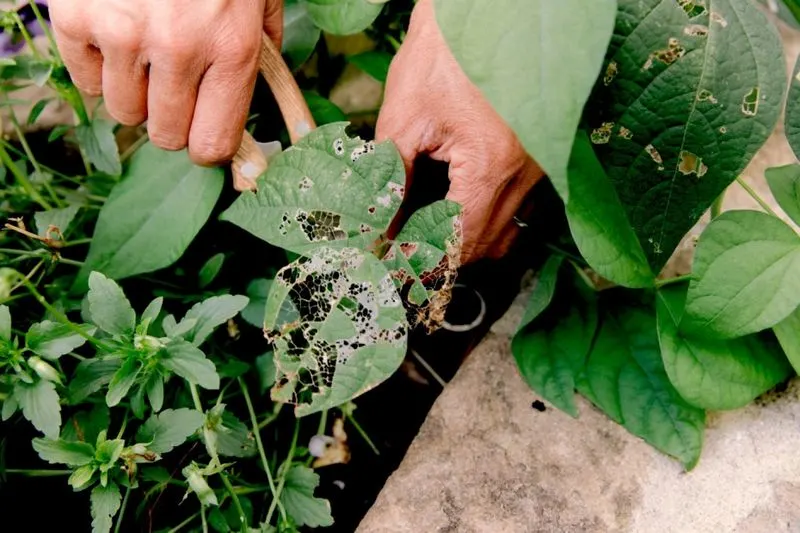
Plants are susceptible to pests that can harm their health. Regular inspections of leaves and stems can help catch problems early. Common pests like aphids, spider mites, and mealybugs may require specific treatments. Organic solutions like neem oil or insecticidal soap can control infestations without harsh chemicals. Encouraging natural predators like ladybugs may also keep pests in check. Maintaining a clean environment and isolating new plants can prevent pest spread. Being proactive in pest control ensures that your plants remain healthy and vibrant, contributing positively to your living space.
Temperature Tolerance
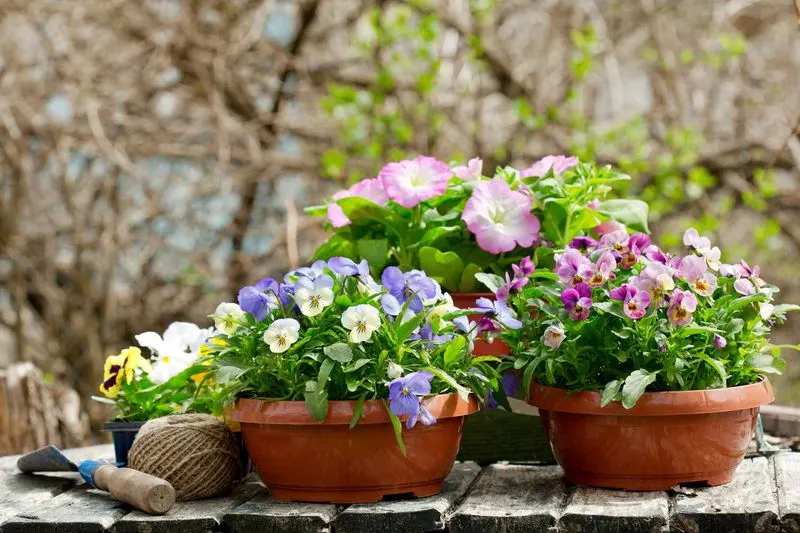
Plants have varying temperature tolerance, impacting their adaptability to indoor or outdoor environments. Some thrive in cooler climates, while others need warmth. Sudden temperature shifts can stress plants, leading to growth issues. Understanding your plant’s temperature needs helps in selecting suitable locations within your home. Avoid placing plants near heaters or drafty windows where temperature fluctuations are common. Consider seasonal changes and how they affect indoor temperatures. Providing a stable environment aligned with your plant’s preferences fosters healthy growth and minimizes stress-related problems.
Plant Toxicity

Knowing whether a plant is toxic is essential, especially in homes with children or pets. Many common houseplants can be harmful if ingested, posing health risks. Research plant toxicity before purchasing to ensure safety. If you must have a toxic plant, position it out of reach, or choose non-toxic alternatives. Educating household members about the potential dangers can prevent accidents. Opting for safe plants like spider plants or Boston ferns provides peace of mind. Prioritizing safety creates a harmonious environment where everyone can enjoy the beauty of nature without worries.
Budget Considerations

When buying plants, budgeting is crucial to prevent overspending. Prices can vary widely based on plant type, size, and rarity. It’s wise to set a budget and prioritize what fits your financial plan. Consider additional costs for pots, soil, and care supplies. Sometimes, smaller plants offer a cost-effective option and the joy of nurturing growth. Be on the lookout for sales or plant swaps to expand your collection affordably. Awareness of market prices and budget planning ensures you can indulge in your plant passion without financial strain.
Seasonal Availability
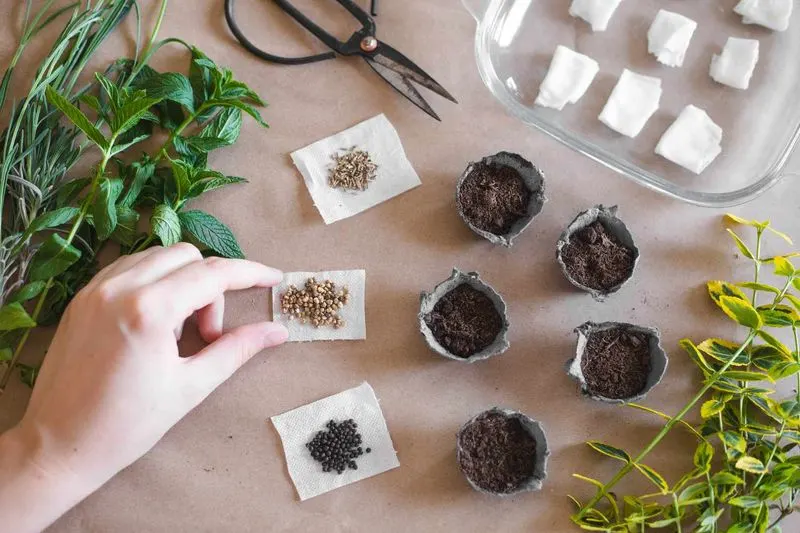
Seasonal availability affects plant choices and success. Some plants are only available during certain times of the year, aligning with their natural growth cycles. Buying plants in season usually means they are healthier and more abundant, offering more options. Conversely, off-season purchases might require special care to adjust to different environments. Being aware of seasonal trends helps in planning your plant buying strategy, ensuring you find the right plants at the right time. Aligning plant purchases with the natural seasons fosters better adaptability and thriving conditions.
Local Climate
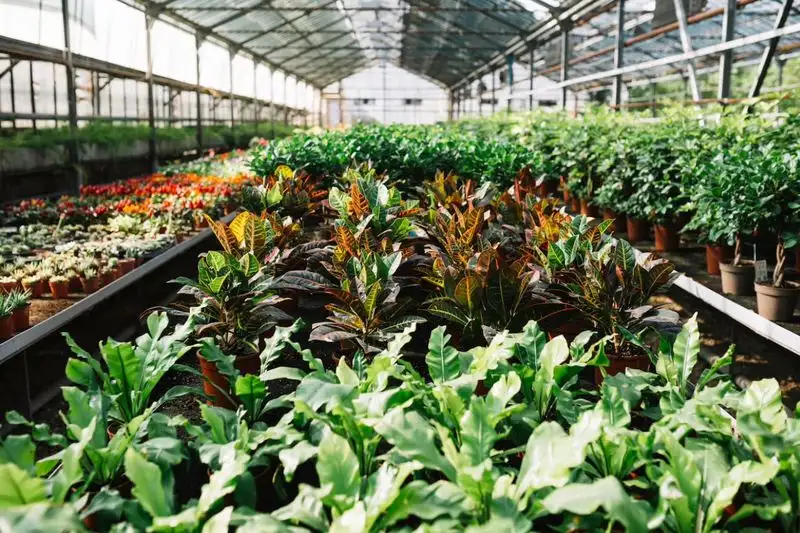
Understanding your local climate is key to selecting resilient plants. Some species may struggle outside their preferred climate zone, resulting in poor growth or health. Researching which plants thrive in your area ensures compatibility with your environment. Consider factors like temperature, humidity, and rainfall when making selections. Local nurseries often carry plants suited to the regional climate, providing reliable options. Choosing climate-appropriate plants reduces maintenance and increases the likelihood of success. Embracing local conditions leads to a more sustainable and rewarding plant experience.
Plant Purpose
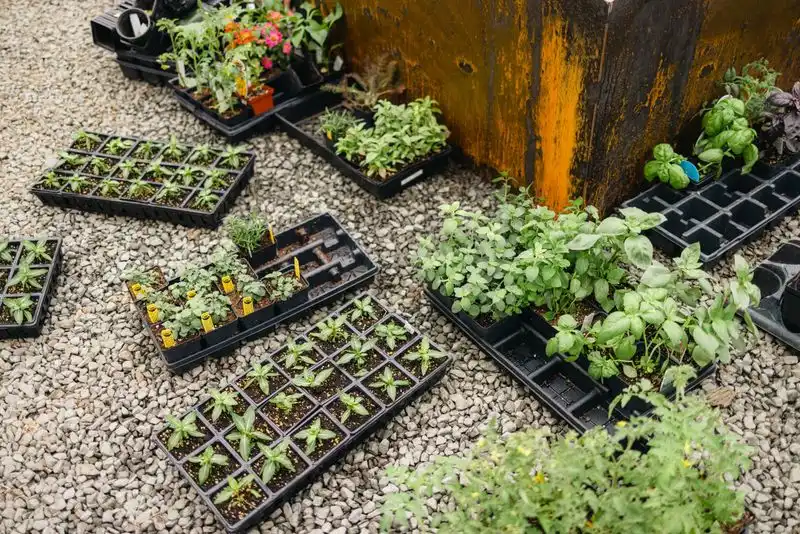
Plants serve various purposes, from aesthetics to air purification or privacy screening. Determining the primary function of your plant helps align your choices with your needs. Some plants are excellent at improving indoor air quality, while others provide striking visual appeal. Assessing what you want from a plant guides you in selecting species that fulfill those roles effectively. Whether you seek tranquility or functionality, knowing your plant’s purpose aids in a satisfying and purposeful selection. Tailoring your plant collection to your lifestyle enhances both your space and wellbeing.
Plant Care Commitment

Owning plants requires time and effort. Understanding the level of care a plant needs helps in planning your commitment. Some plants, like succulents, are low-maintenance, whereas others require frequent attention. Assess your schedule and willingness to dedicate time to plant care before buying. Matching plant needs with your available time ensures a more enjoyable experience. Simple routines can keep plants thriving, but neglect may lead to problems. Being realistic about the time you can commit prevents disappointment and fosters a rewarding plant journey.
Repotting Needs
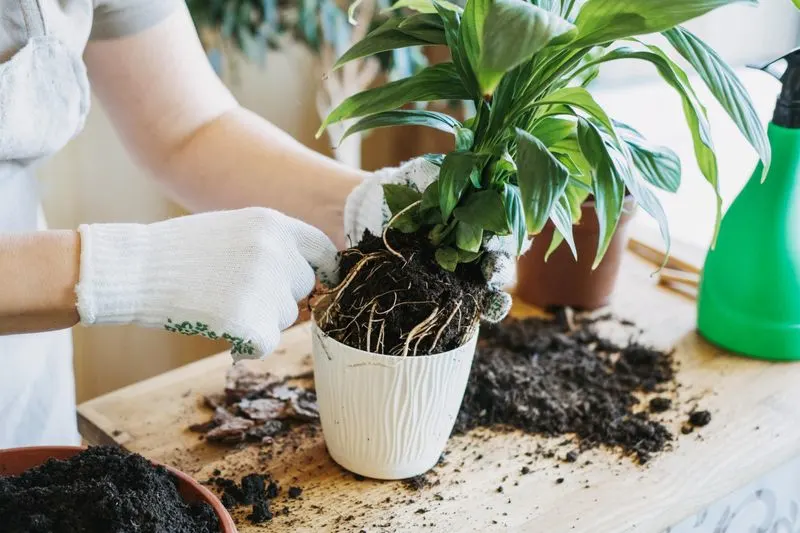
Repotting is an essential part of plant care, promoting healthy root growth. Over time, plants may outgrow their pots, requiring more space. Recognizing the signs that a plant needs repotting, such as roots emerging from the drainage holes, prevents stunted growth. When repotting, choose a pot slightly larger than the current one and refresh the soil to provide new nutrients. Being proactive in addressing repotting needs ensures continued plant health. Planning for occasional repotting helps maintain a flourishing plant collection, allowing them to thrive and develop.
Research and Education
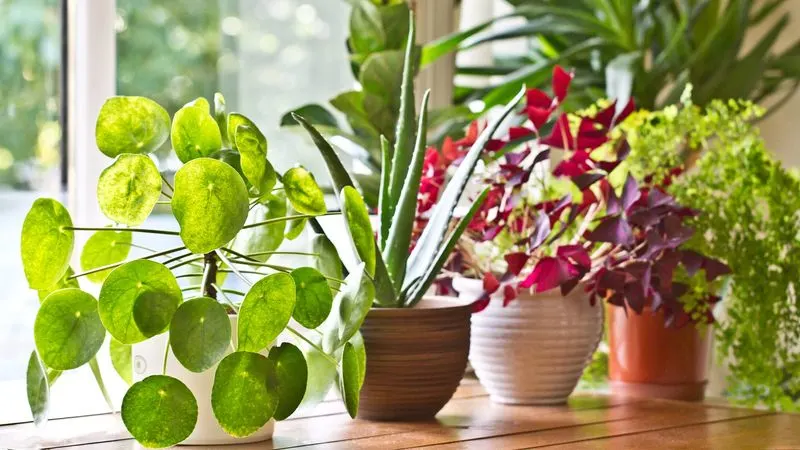
Investing time in research and education pays off in successful plant care. Each plant species has unique characteristics and needs, requiring tailored approaches. Reading books, online articles, or joining plant communities expands your knowledge, helping you avoid common mistakes. Learning about plant diseases, pests, and care techniques fosters a deeper connection with your plants. Continuous education empowers you to make informed decisions and adapt to changing conditions. By prioritizing learning, you cultivate not only your plants but also your skills, leading to a more fulfilling plant-keeping experience.
Support and Accessories
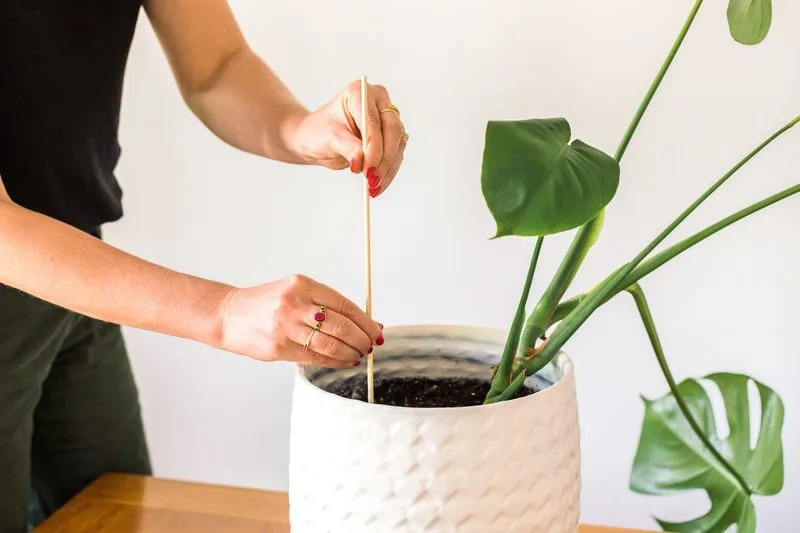
Accessories like stakes, ties, and decorative stands enhance plant care and presentation. Some plants need support as they grow, preventing damage or deformation. Choosing suitable accessories complements your plant’s growth habits and aesthetic appeal. Decorative stands elevate plants, creating dynamic displays in your home. Investing in quality supports and accessories not only aids in plant health but also enhances your interior design. Thoughtfully selecting and implementing these tools contributes to a thriving plant display. Supporting your plants physically also reflects the care and attention you invest in them.

